In the varied landscapes of our rural and suburban areas, fences serve a purpose beyond simply marking property boundaries. They act as silent sentinels, conveying important messages without a word. Among the colors you might see, purple stands out—not as a mere aesthetic choice, but as a critical signal. Encountering a purple fence is no accident; it’s a clear and urgent warning to stop, turn back, and respect the boundary.
The Origin of the Purple Fence: A Legal Backdrop

The tradition of painting fences purple as a no-trespassing sign has legal roots that date back to legislation passed in several states. This legal framework allows property owners to mark the perimeters of their land with purple paint as a warning against unauthorized entry. The choice of purple is deliberate; it is a color that colorblind individuals can typically distinguish and is also visible in the dim light of dusk and dawn.
Understanding the Law: Purple Paint Statutes
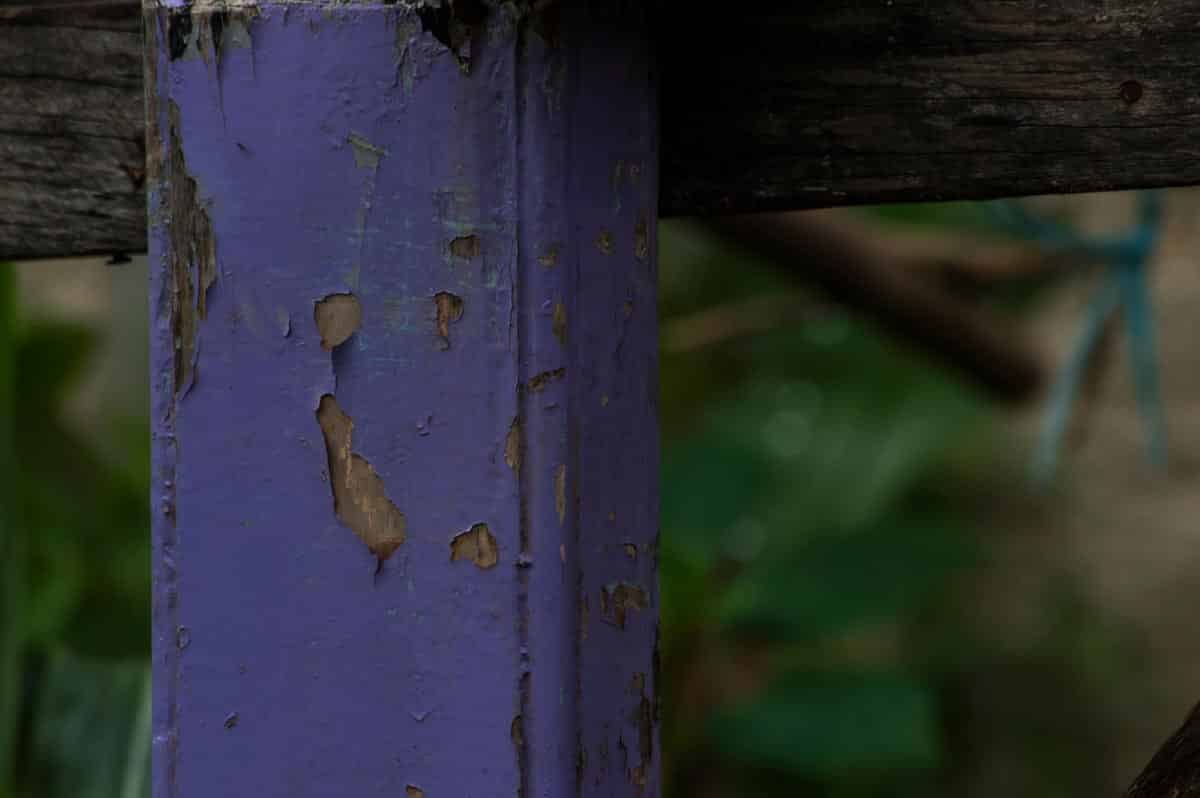
Known colloquially as “purple paint laws,” these statutes provide a means for landowners to mark their territory clearly and effectively. The laws stipulate specific requirements for the markings, such as their size, frequency along the fence line, and height. These regulations ensure that the purple marks are conspicuous and unambiguous to passersby.
Safety First: The Intent Behind the Color
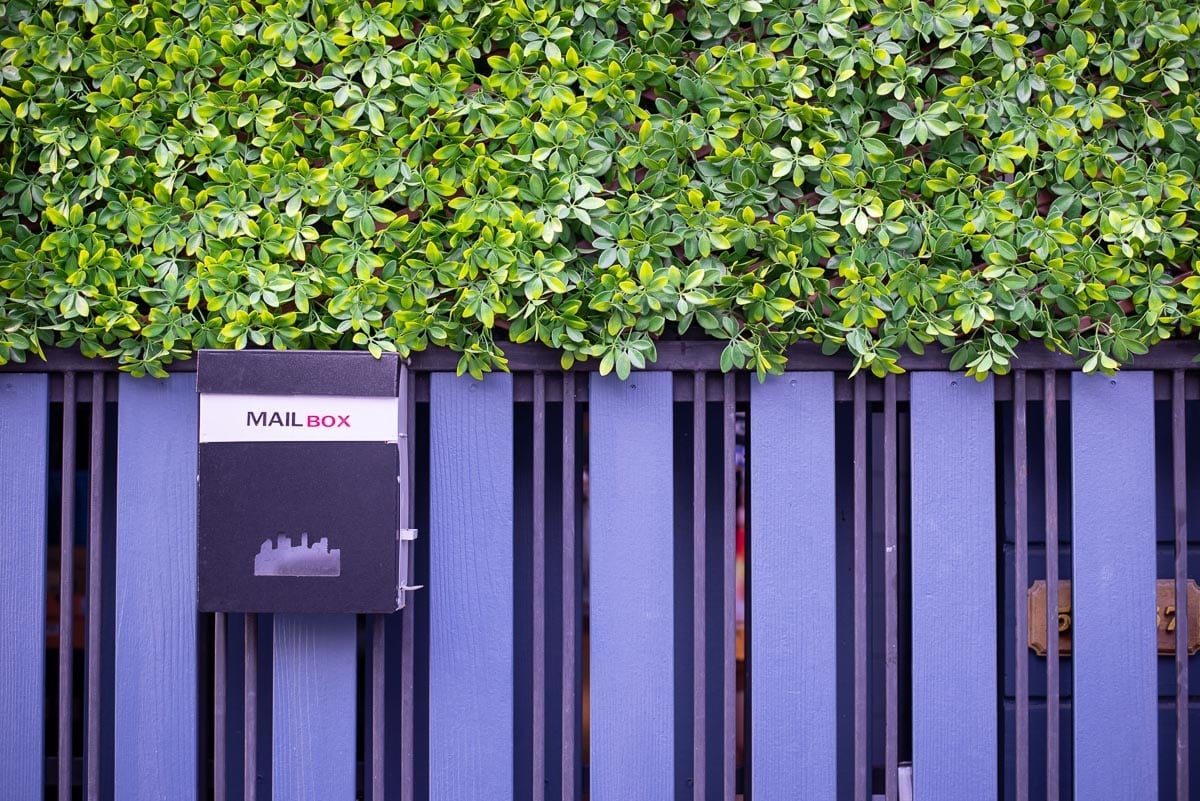
The primary intent behind the purple fence is safety. Landowners may use this method to protect people from inadvertently wandering into areas where they could encounter dangers such as aggressive animals, hunting grounds, or hazardous terrain. The purple marking serves as a proactive measure to prevent accidents and conflicts.
Private Property Rights: Respecting Landowner Boundaries
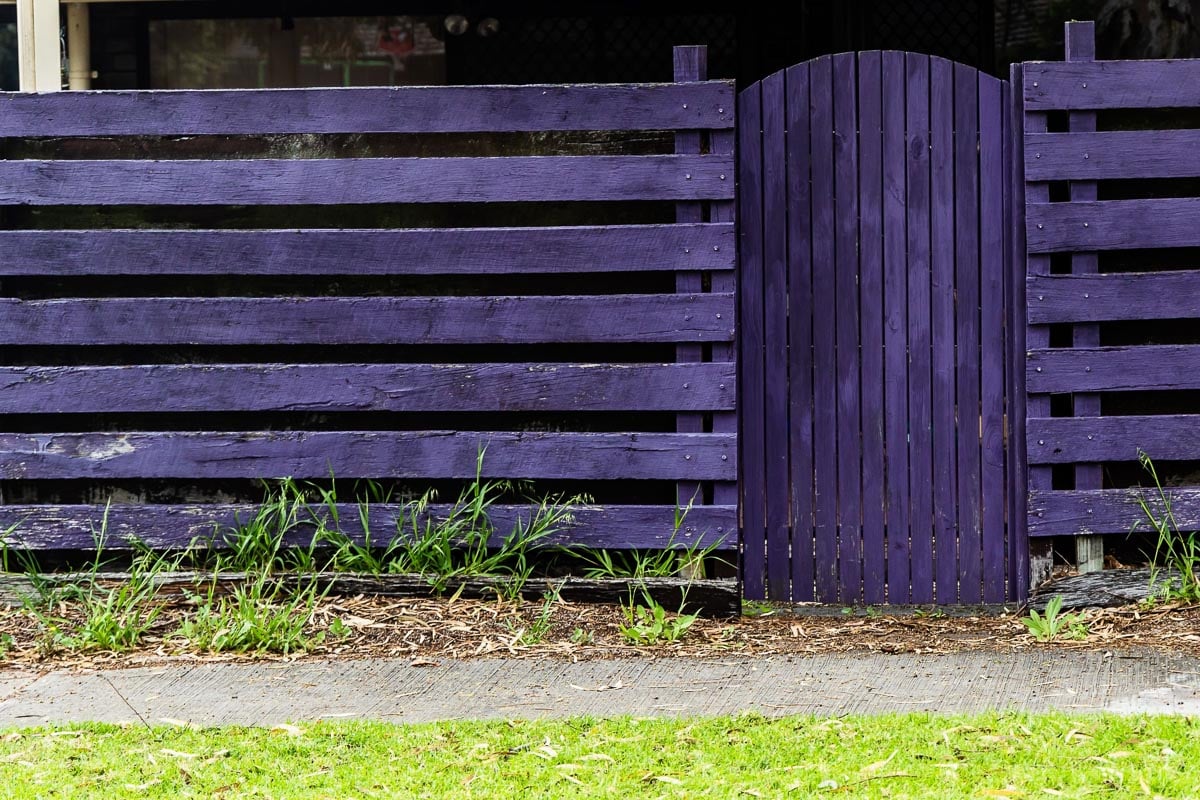
Purple fences also serve as a reminder of private property rights. They are a visual representation of the owner’s legal right to exclude others from their land. Respecting these boundaries is not only a matter of legality but also of courtesy to those who wish to maintain their privacy and security.
The Impact on Outdoor Enthusiasts: Navigating with Awareness

For hikers, hunters, and other outdoor enthusiasts, understanding the significance of purple fences is crucial. It is a matter of legal compliance and personal responsibility to recognize these markers and respond appropriately by turning around and seeking an alternative route.
The Rural Signpost: Purple Fences in Agricultural Areas
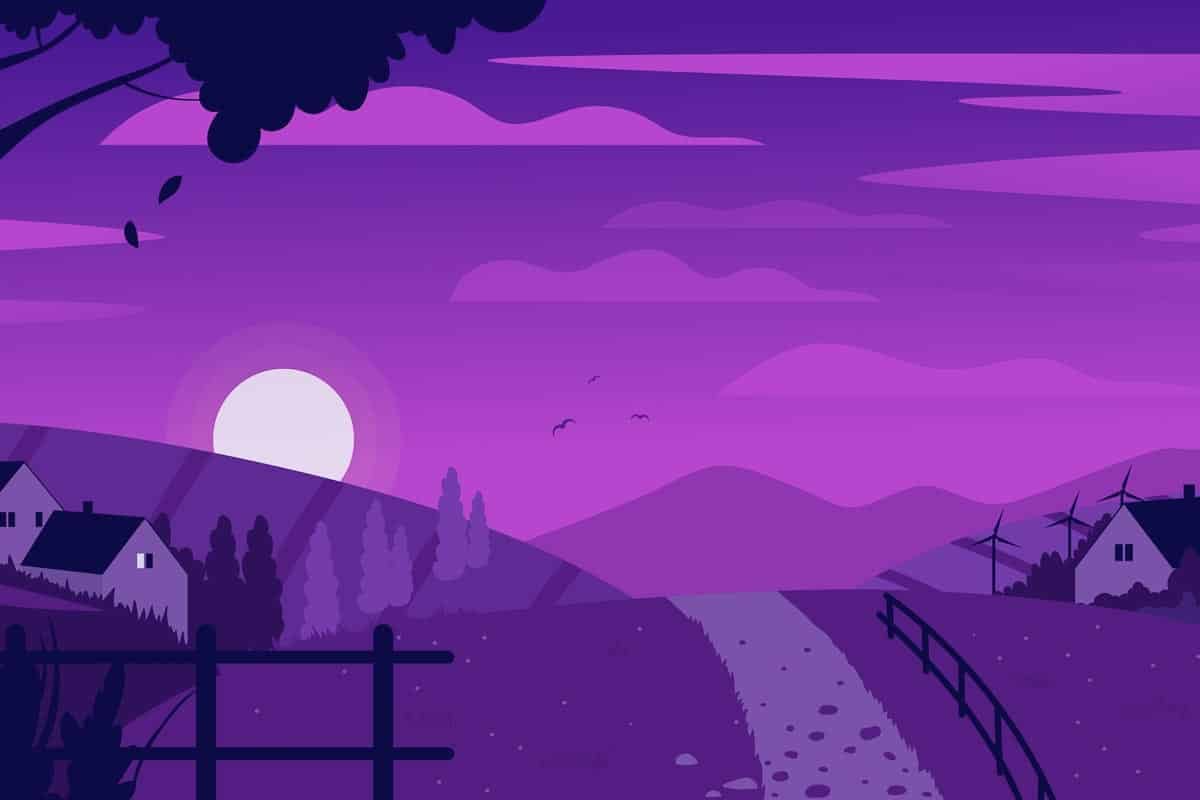
In rural areas, purple fences are often found surrounding farms and ranches. They indicate that the land is actively used for agricultural purposes and that there may be risks associated with entering, such as interfering with livestock or damaging crops. The color serves as a clear, visual cue even for those at a distance.
The Role of Community Education: Spreading the Word

Community education is vital in ensuring that the message of purple fences is universally understood. Local governments, property owners, and outdoor organizations must work together to inform the public about the meaning of these markers and the importance of adhering to the warnings they represent.
The Consequences of Ignorance: Legal and Ethical Considerations

Ignoring the warning of a purple fence can result in legal repercussions, including charges of trespassing. Beyond the legal aspect, there is an ethical obligation to honor the signals that property owners provide to delineate their space and assert their rights.
Conclusion: Heeding the Purple Warning
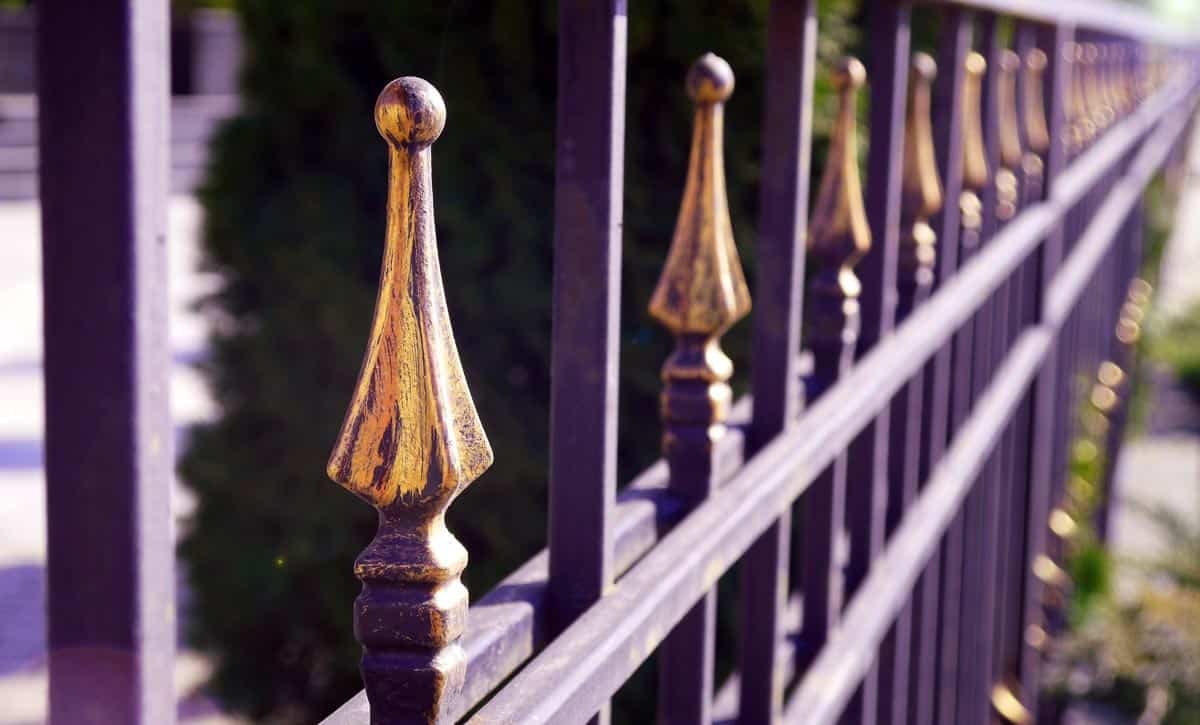
The purple fence is more than just a color choice; it is a critical communication tool that safeguards both property rights and personal safety. As we traverse the diverse landscapes that surround us, let us be vigilant and responsive to these purple warnings. By doing so, we uphold the law, respect the rights of landowners, and protect ourselves and others from potential harm.
Key Points Of Purple Paint Law

Key Points About the Purple Paint Law:
1. Meaning: The purple paint signifies that the property is private and trespassing is prohibited. It serves the same purpose as a “No Trespassing” sign.
2. History: The Purple Paint Law was first adopted in Arkansas in 1989 and has since been implemented in several other states.
3. Application: The paint must be applied in a specific manner to be legally recognized. Typically, the markings need to be vertical lines at least 8 inches long and 1 inch wide, placed 3-5 feet off the ground, and spaced no more than 100 feet apart.
4. States with Purple Paint Laws: States that have adopted this law include Alabama, Arkansas, Arizona, Florida, Idaho, Illinois, Indiana, Iowa, Kansas, Louisiana, Maine, Maryland, Missouri, Montana, New Hampshire, North Carolina, Pennsylvania, South Carolina, Tennessee, Texas, Virginia, and West Virginia.
5. Advantages: The use of purple paint is more permanent and visible from a distance, making it an effective way to mark property boundaries. It also avoids the issues of signs being stolen, damaged, or becoming unreadable over time.
In summary, if you see a purple fence post or tree, it is a clear indication to keep out, as it marks private property where trespassing is not allowed. This method is legally recognized in many states and provides a durable and visible way for property owners to protect their land.
6 Gas Station Chains With Food So Good It’s Worth Driving Out Of Your Way For
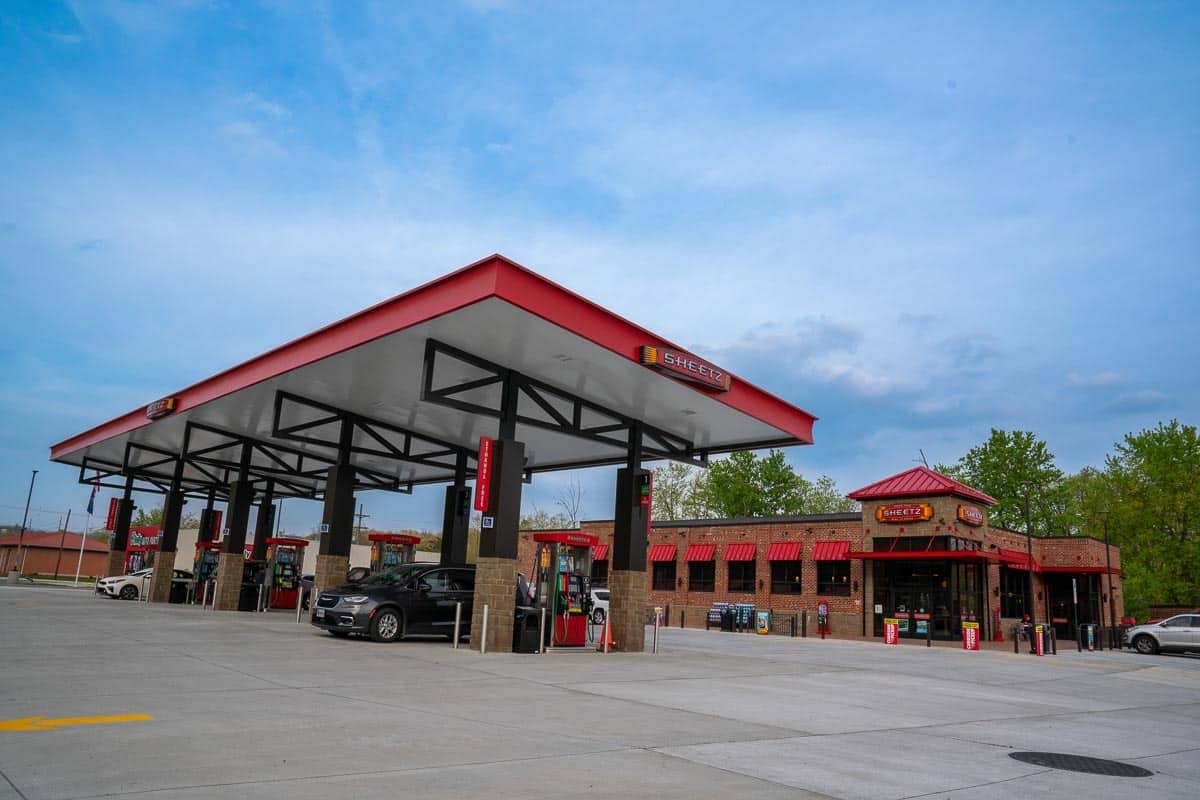
We scoured the Internet to see what people had to say about gas station food. If you think the only things available are wrinkled hotdogs of indeterminate age, and day-glow slushies, we’ve got great, tasty news for you. Whether it ends up being part of a regular routine, or your only resource on a long car trip, we have the food info you need. Let’s look at 6 gas stations that folks can’t get enough of and see what they have for you to eat. Read 6 Gas Station Chains With Food So Good It’s Worth Driving Out Of Your Way For
12 Of The Worst Tasting Foods People Find Disgusting

Food. We all have foods we love, foods we cannot stand – and then there are the foods that have people deeply divided. While wandering about an online forum we came across a discussion about foods that people find disgusting.
READ: 12 Of The Worst Tasting Foods People Find Disgusting
Alive or Dead? You Be The Judge… 15 Famous People Rumored To Be Alive After They Were Reported Dead
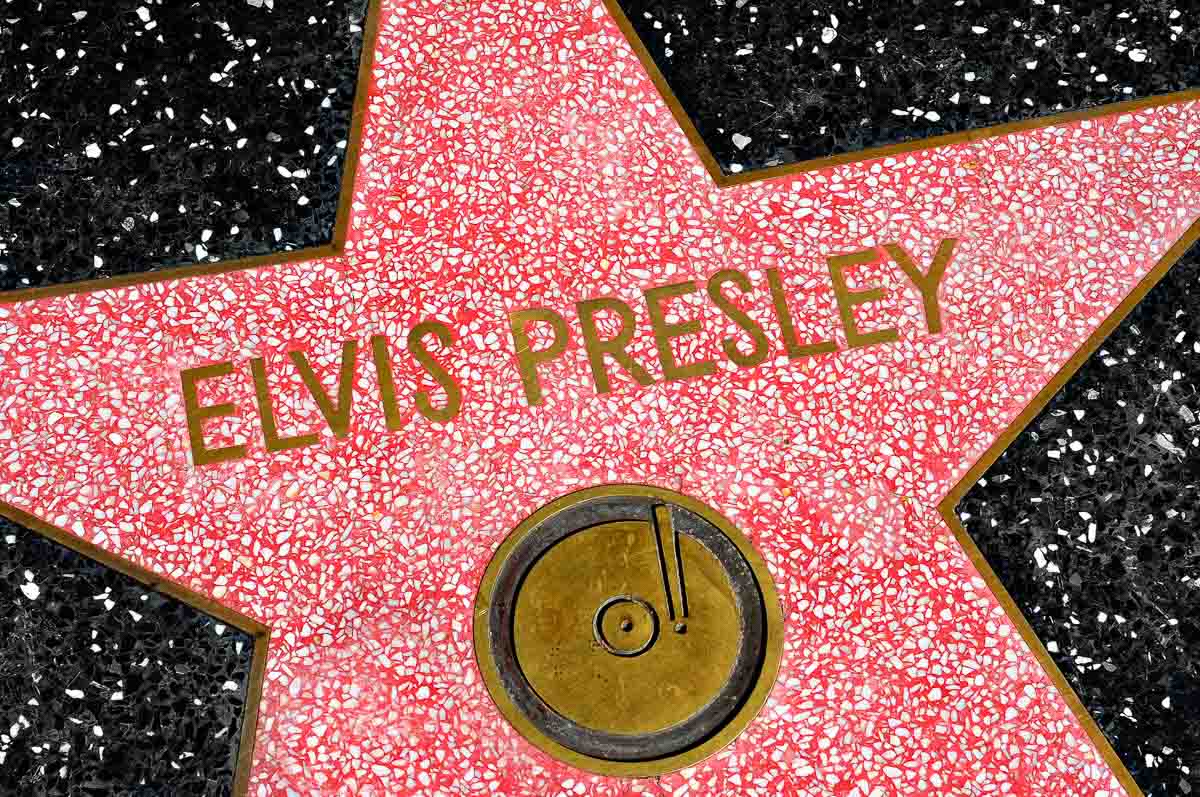
There are many celebrities who have been rumored to be alive after they were reported dead, either because of false reports, hoaxes, rumors or conspiracy theories.
You be the judge…. Are they really alive or dead as claimed? Read: Alive or Dead? You Be The Judge… 15 Famous People Rumored To Be Alive After They Were Reported Dead.





